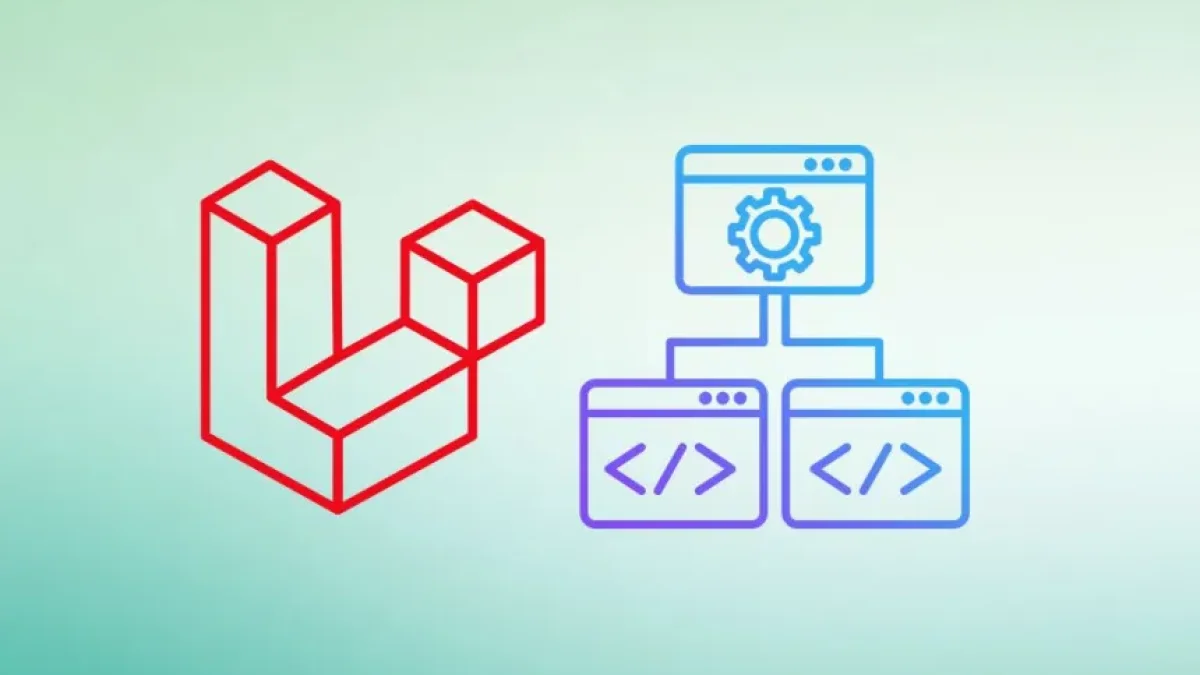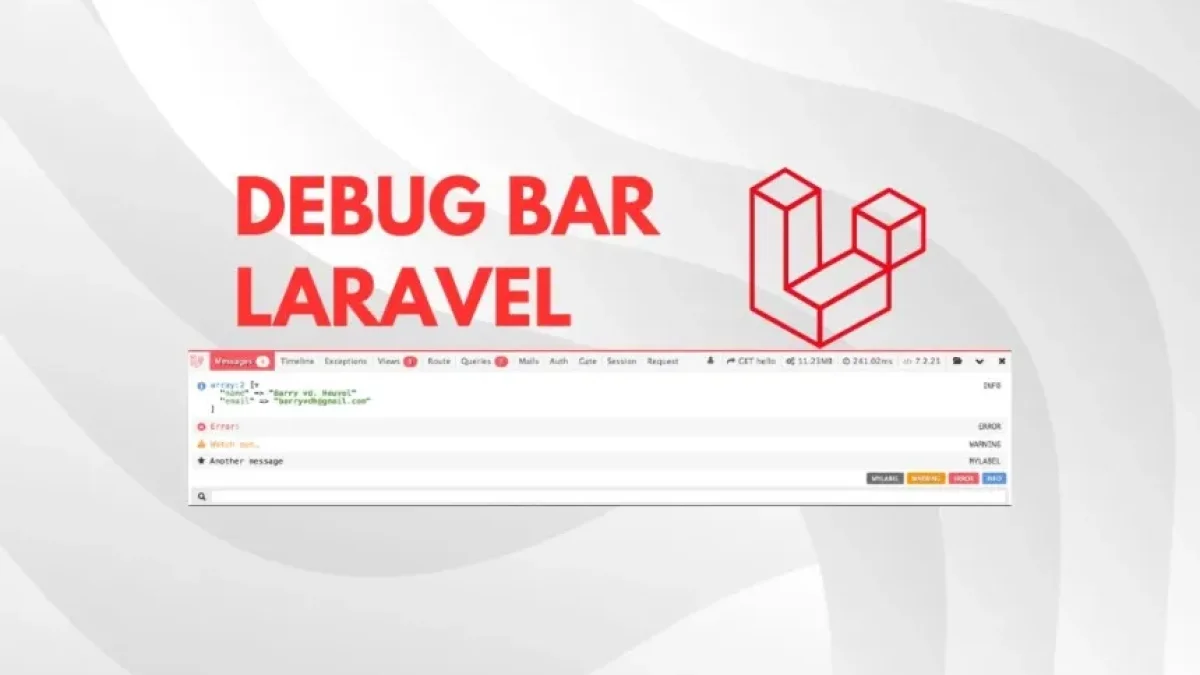Generate test data in Laravel easily and quickly.


In the process of developing web applications, having realistic data for testing is essential. Laravel, one of the most popular PHP frameworks, offers simple and efficient tools for creating test data. In this article, we will explore how to generate test data in Laravel easily and quickly.
What are test data?
Test data is information used to validate and verify the functionality of an application. This data allows developers and testers to simulate various situations and ensures that the system responds correctly to different scenarios.
Using Faker in Laravel
Laravel includes a tool called Faker that makes generating fake data easier. Faker is a library that allows you to create random data and integrates seamlessly with Laravel.
Installing Faker
To start using Faker in your Laravel project, you do not need to install anything additional, as it is included by default. You can simply access it within Laravel's factories.
Read also
Creating Factories
Factories are classes that allow you to define how a set of test data should be generated. You can create a factory using the Artisan command in the console:
php artisan make:factory ModelNameFactory
This will generate a file in the database/factories folder. In this file, you can define how to create the records for your model.
Example of a Factory
Below is a simple example of how to set up a factory for a model called User:
Read also
use App\Models\User;
use Illuminate\Database\Eloquent\Factories\Factory;
class UserFactory extends Factory
{
protected $model = User::class;
public function definition()
{
return [
'name' => $this->faker->name(),
'email' => $this->faker->unique()->safeEmail(),
'password' => bcrypt('password'), // Or you can use Hash::make('password');
'created_at' => now(),
'updated_at' => now(),
];
}
}With this simple code, random users can be generated with unique names and email addresses.
Using Seeders
Seeders are another key component in managing test data within Laravel. Seeders allow you to populate the database with initial data and are ideal for filling your database with data generated by your factories.
Creating a Seeder
To create a seeder, use the following command:
php artisan make:seeder SeederName
Then, in the file created in the database/seeders folder, you can use the factory defined earlier:
use App\Models\User;
use Illuminate\Database\Seeder;
class UserSeeder extends Seeder
{
public function run()
{
User::factory()->count(50)->create();
}
}This seeder will generate 50 fake users in the database.
Running Seeders
Once the seeder is created, you can run it using the following command:
php artisan db:seed --class=UserSeeder
This will fill your database with the data generated by the factory, allowing you to test with varied and realistic information.
Conclusion
Generating test data in Laravel is a quick and effective process thanks to the use of Faker, factories, and seeders. With these tools, developers can focus on the features of their applications without worrying about the manual creation of test data.
If you want to learn more about Laravel and other related topics, I invite you to read more news on my blog. See you next time!



















